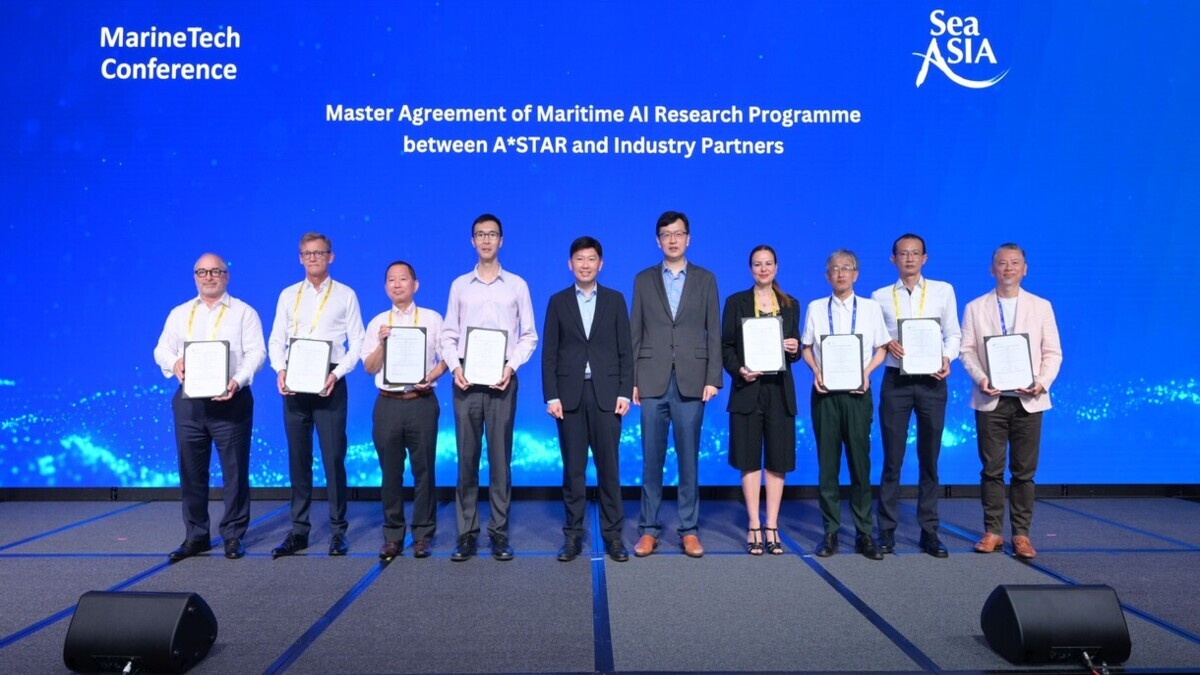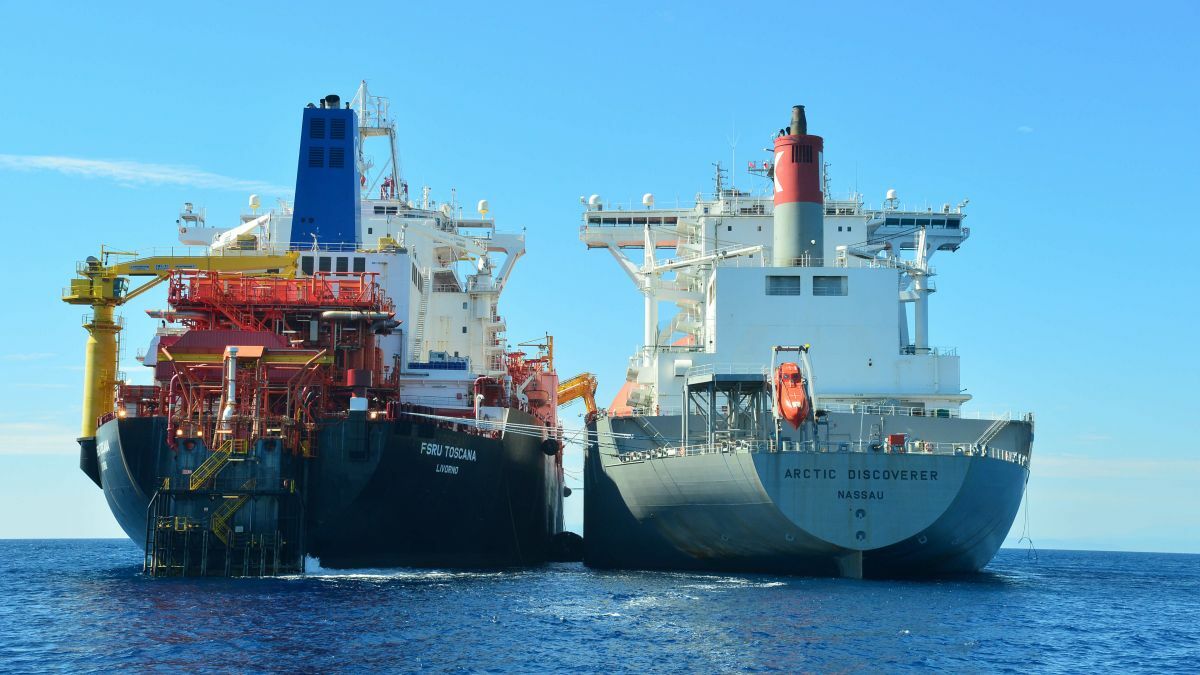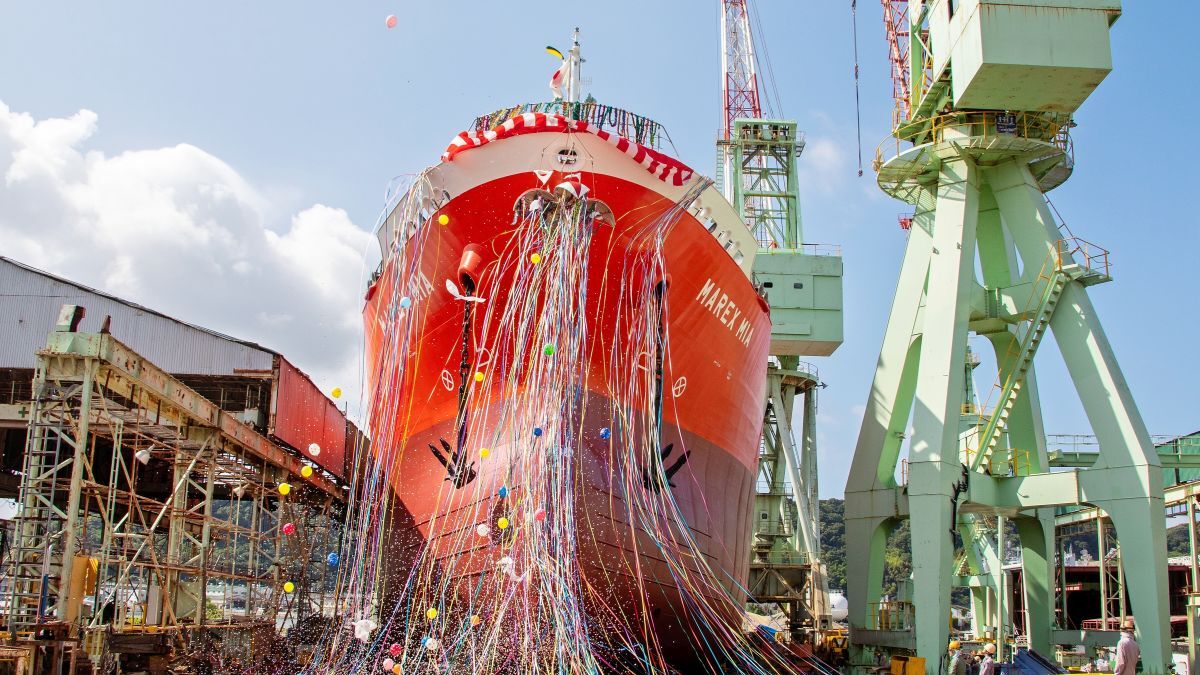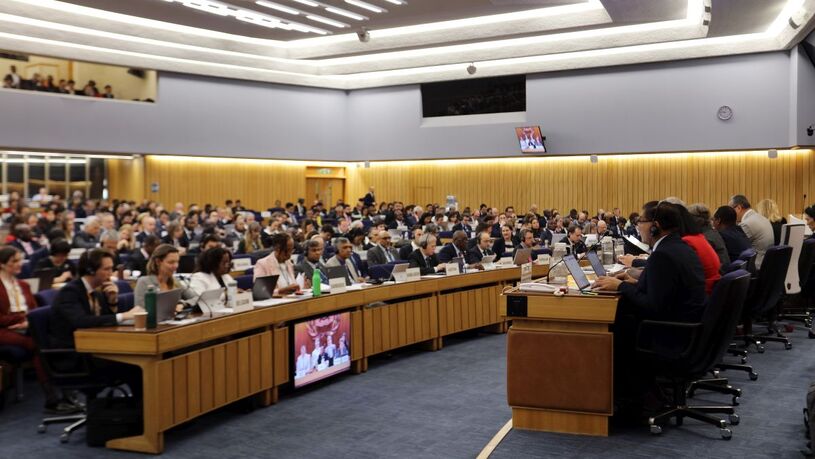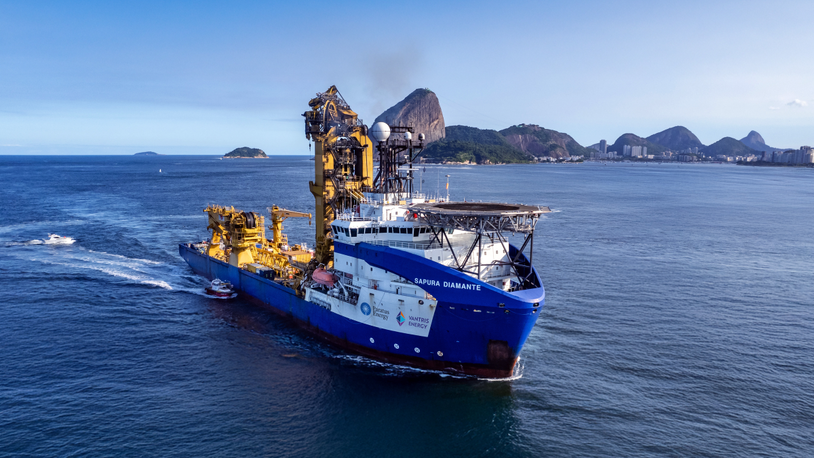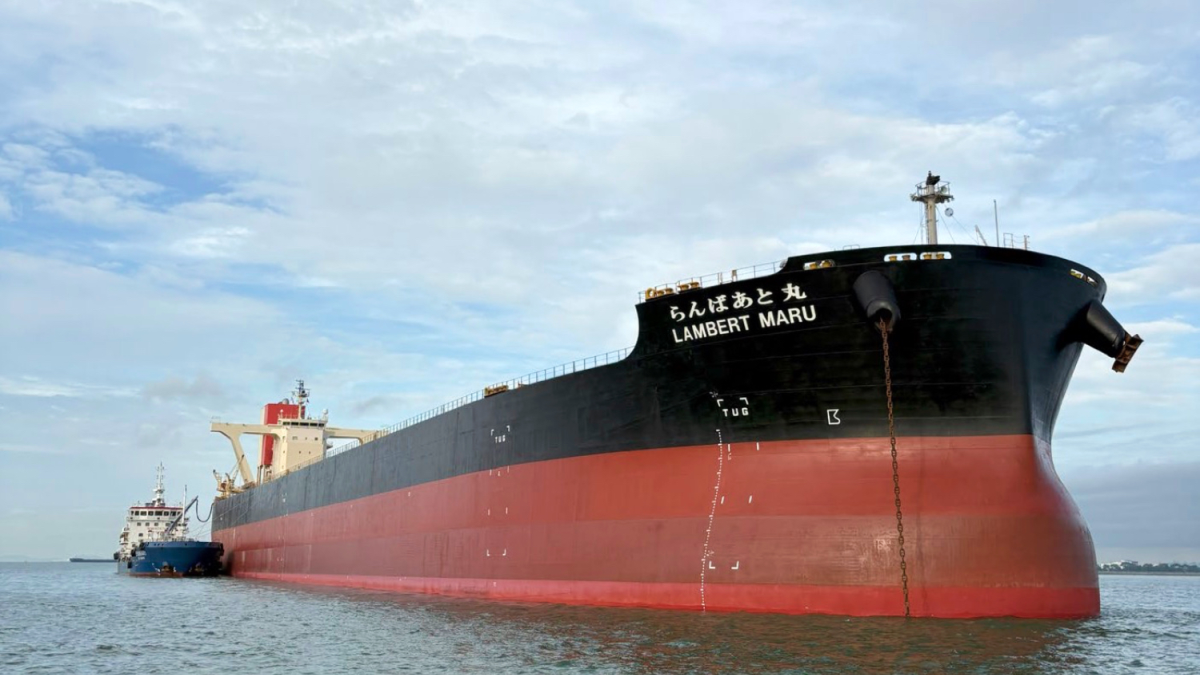Business Sectors
Contents
Register to read more articles.
Singapore partnership to use AI for predictive maritime emissions modelling
METIS Cyberspace Technology will be collaborating with MTI Co’s Singapore Branch and the Agency for Science, Technology and Research (A*STAR) in Singapore to advance the use of AI for the predictive modelling of ship emissions and carbon intensity indicator (CII) evaluation
The undertaking is part of a master agreement framework for codeveloping AI and other digital technologies announced during the MarineTech Conference, part of Singapore Maritime Week, where A*STAR established a Centre for Maritime Digitalisation (C4MD).
The C4MD is led by A*STAR’s Institute of High Performance Computing (IHPC) and in addition to METIS, MTI and A*STAR, other signatories of the master agreement framework include American Bureau of Shipping, Bureau Veritas, DNV, ClassNK, PSA Marine and ShipsFocus Services.
The METIS-MTI-A*STAR project will focus on the way AI-based systems can help shipping adjust to IMO’s Carbon Intensity Indicator (CII).
CII entered into force this year and rates ships on the basis of CO2 emissions by transport work from A to E, expecting them to achieve a C rating or better, or explain how they will do so. However, the relationship between the KPI and the factors determining ship behaviours has not been fully studied.
METIS president and chief executive Eleni Polychronopoulou commented, “We are delighted to work with A*STAR’s IHPC and MTI on one of the key projects announced as part of the launch of C4MD.”
“Owners face multiple options on how they improve their CII performance, and making the wrong choice can be costly. This project’s first target is to make the relationship between fuel consumption, emissions and the CII rating more transparent by taking full account the ship profile. Subsequently, we aim to develop a simulation platform to model future voyages and evaluate the real-time CII compliance status of a ship.”
An owner establishing a CII rating or seeking to improve it must consider the various factors involved including adjusting a ship’s sailing time ratio, speed profile, voyage profile, hull and propeller condition, specific fuel oil consumption, electrical consumption, trim, draft, or engine derating.
Ms Polychronoupoulou said, “Modelling based on AI offers the opportunity to consider ‘what-if’ scenarios and assess how new methodologies or technologies can be introduced to reduce emissions without compromising operational performance.”
A number of new tools now exist to assist shipowners. This month, DNV has rolled out Emissions Connect, a new platform it says will address the impact of the European Union’s new Emissions Trading System legislation and CII.
And this week, a microsatellite developed by A*STAR was successfully launched. The technology has the potential to improve upon the current automatic identification system tracking system and improve vessel performance.
Sign up for Riviera’s series of technical and operational webinars and conferences in 2023:
- You can register to attend by visiting our events page.
- Watch recordings from all of our webinars in the webinar library.
Related to this Story
Events
LNG Shipping & Terminals Conference 2025
Vessel Optimisation Webinar Week
Marine Coatings Webinar Week
© 2024 Riviera Maritime Media Ltd.


